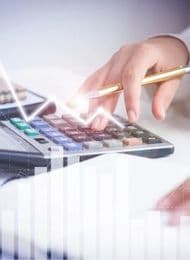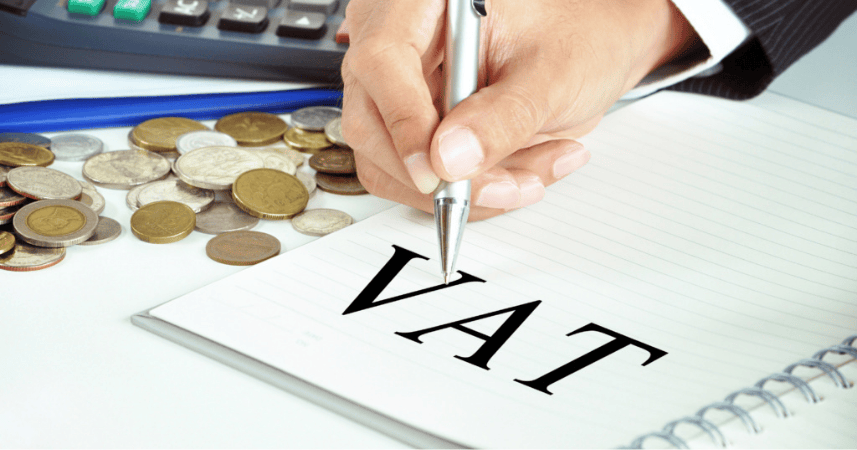
- By:
- Admin
- 35 comments

Value-Added Tax, commonly known as VAT, is a type of tax applied to the sale of goods and services. It is collected at every stage of the supply chain, starting from production to the final sale to the consumer. However, the tax is ultimately paid by the consumer, while businesses act as intermediaries in collecting it for the government.
For example, when you buy a product, VAT is already included in the price. This ensures that everyone who benefits from goods and services contributes their share to the government’s revenue.
VAT is a critical source of income for governments as it funds public services like healthcare, education, and infrastructure. Unlike income tax, which depends on earnings, VAT is based on consumption. This means everyone contributes based on how much they spend, ensuring a fair system.
In addition to generating revenue, VAT also ensures transparency. Businesses must maintain accurate records of their VAT transactions, which helps prevent tax evasion and promote accountability.
If you run a business and your annual turnover exceeds the VAT threshold set by the government, you must register for VAT. Once registered, you are required to charge VAT on your products or services and submit regular VAT returns.
However, small businesses with turnover below the threshold can choose not to register. This decision often depends on the nature of the business and its customer base.
Calculating VAT is straightforward. It involves determining the percentage of VAT applicable and adding it to the original price of the product or service. For instance, if the VAT rate is 20% and the price of an item is £100:
Businesses can also claim back the VAT they paid on their purchases, which is known as input VAT. The difference between the VAT collected (output VAT) and the VAT paid (input VAT) is what the business owes to the government.
There are different rates of VAT depending on the type of product or service:
Knowing the applicable rate is essential for businesses to calculate VAT correctly and avoid penalties.
Managing VAT can be complex, especially for growing businesses. A professional accountancy service like Wealth Matrix Accountancy Services Ltd can make the process seamless. Our experts ensure accurate VAT calculations, timely submissions, and compliance with all regulations.
With our help, you can focus on running your business while we handle the paperwork.
Understanding and managing VAT doesn’t have to be overwhelming. By knowing what VAT is, who needs to pay it, and how to calculate it, you can ensure compliance and avoid penalties. Partnering with trusted experts like Wealth Matrix Accountancy Services Ltd can make this process even easier.
Contact us today for tailored VAT solutions that save you time and money.